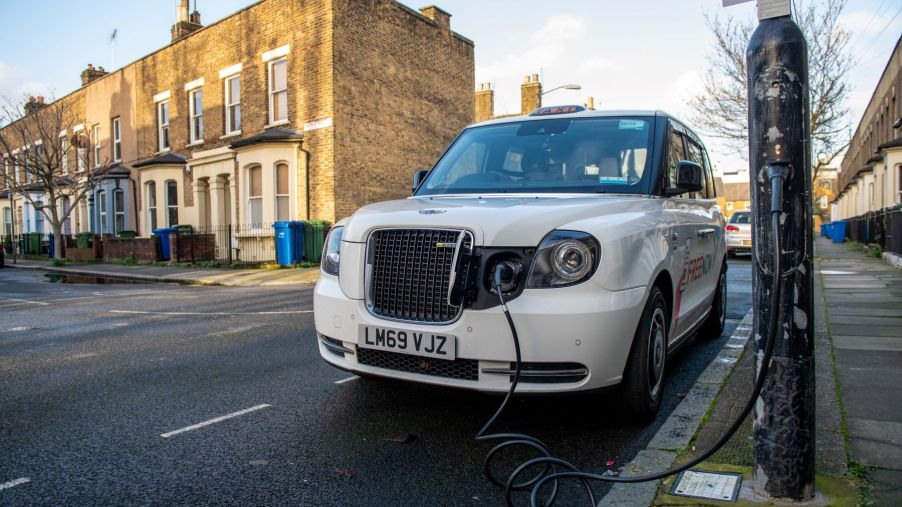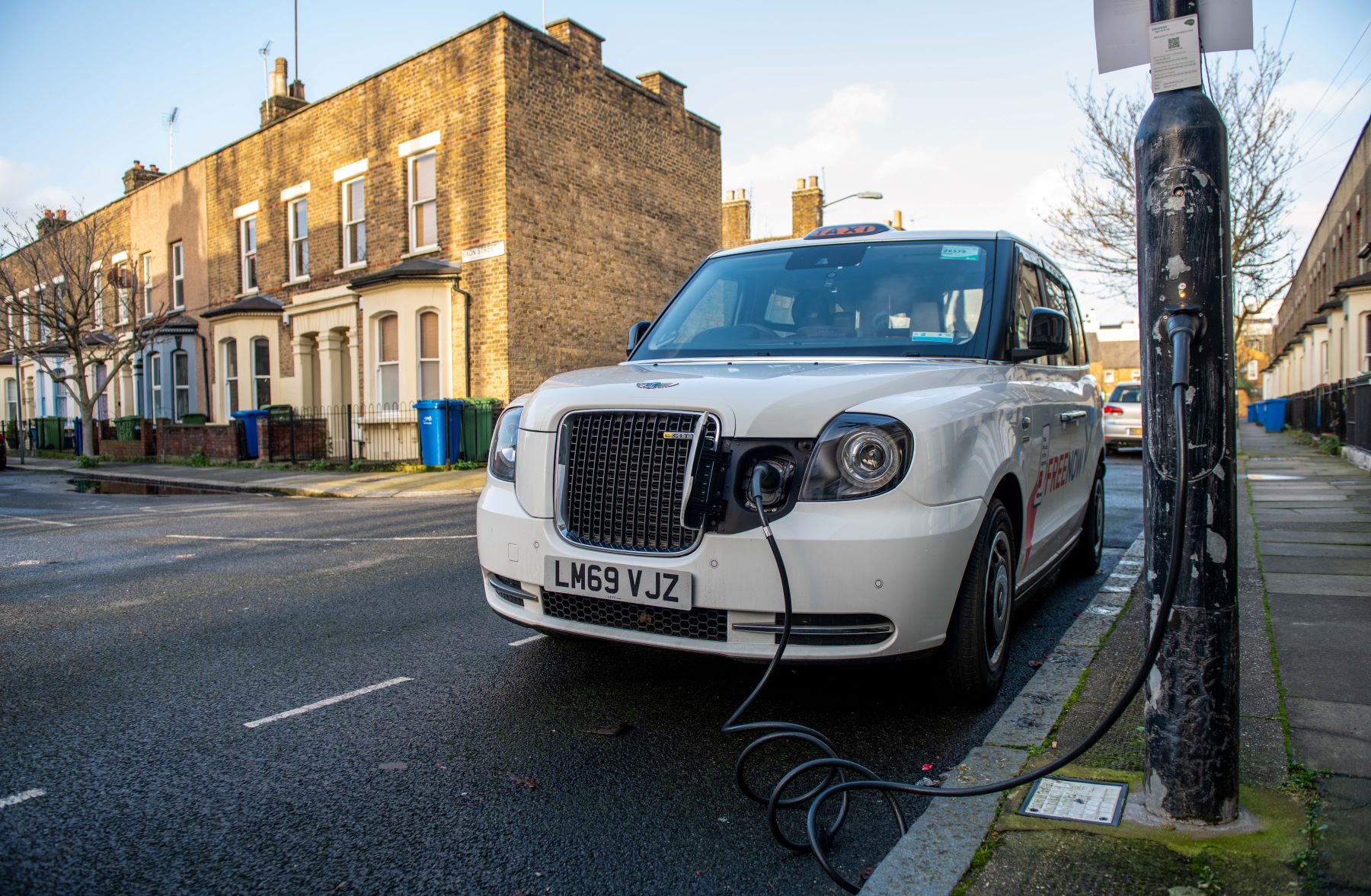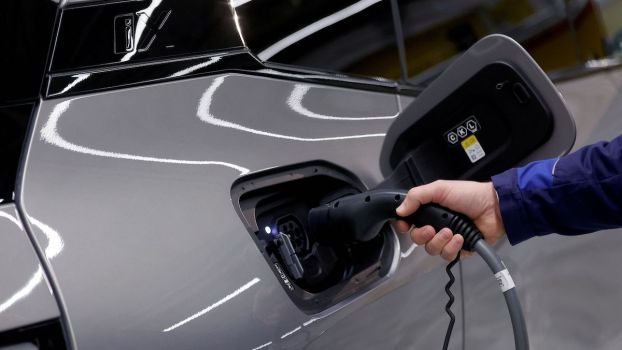
How Much Does It Cost to Charge an Electric Vehicle (EV) With Level 1 Charging?
With electric vehicles (EVs) becoming increasingly popular in the automotive market, many car drivers struggle to become fluent in EV terminology and how electric cars work. There are different types of EVs, different levels of charging, and other similar topics that a driver unfamiliar with EVs might find confusing. For example, one question that can come up is the typical cost to charge a vehicle with Level 1 charging.
Kilowatt-hours (kWh) as a measurement of vehicle efficiency

Most of us are used to thinking about vehicle efficiency in terms of fuel efficiency: How many miles per gallon of gasoline does a car or truck get? Of course, since EVs don’t run on gasoline, their efficiency must be calculated somewhat differently.
That’s where the kilowatt-hour comes in. As Alternative Fuels Data Center explains, “The fuel efficiency of an EV may be measured in kilowatt-hours (kWh) per 100 miles. To calculate the cost per mile of an EV, the cost of electricity (in dollars per kWh) and the efficiency of the vehicle (how much electricity is used to travel 100 miles) must be known. If electricity costs ¢10.7 per kWh and the vehicle consumes 27 kWh to travel 100 miles, the cost per mile is about $0.03.”
A breakdown of Level 1 electric vehicle charging costs
Curious how much you could end up spending if you charge your electric vehicle using Level 1 charging through a wall outlet? As evident from the above, charging your EV through a wall outlet doesn’t need to cost much. If you can find access to a standard publicly available outlet, it won’t cost you anything at all (other than time, as Level 1 charging is notoriously slow).
At home, charging your vehicle with a wall outlet will increase your power bill modestly, but likely not as much as you would expect, given the low cost per mile of EV electricity consumption. Kelley Blue Book does remind consumers that their charges will vary widely depending on energy costs in their state. Drivers in Maine, for example, will spend nearly twice as much per kWh as those in Wyoming.
Where to find Level 1 EV charging stations
Because Level 1 charging stations are standard wall outlets, in one sense, you can find them almost anywhere. Whether at home, the office, or on the road, you’re likely never too far from a Level 1 charging station.
Of course, the challenge with Level 1 charging stations is finding ones accessible to your vehicle. After all, you can’t use a wall outlet to charge your car unless you can get your vehicle close enough to use it, and exterior wall outlets are certainly less common than interior ones. This means that beyond your own garage, it may take you some effort to find a Level 1 charging station that’s practical enough for you to use.
Given the likelihood of parking restrictions in public spaces and other accessibility issues, you’ll usually find it easiest to charge your vehicle at home if you’re aiming to use Level 1 charging. Level 1 charging’s slow speed also makes it best suited for overnight use at home. Nevertheless, in a pinch, if you can find a public exterior wall outlet, you can likely use this type of charging to get enough juice to make it to a more powerful charging station, or even back home.



